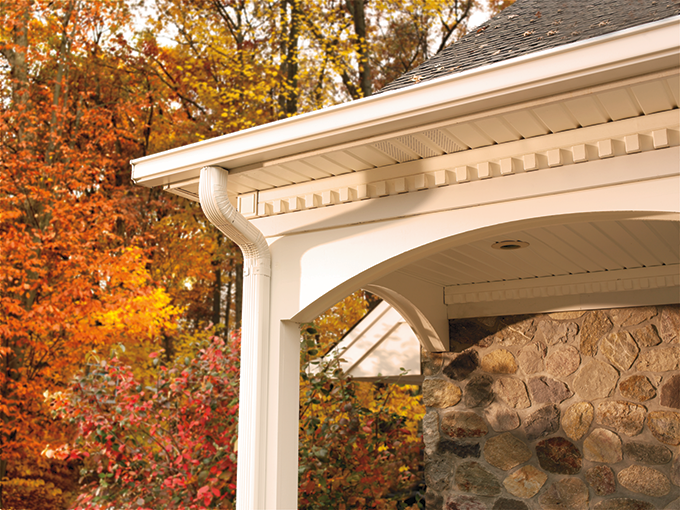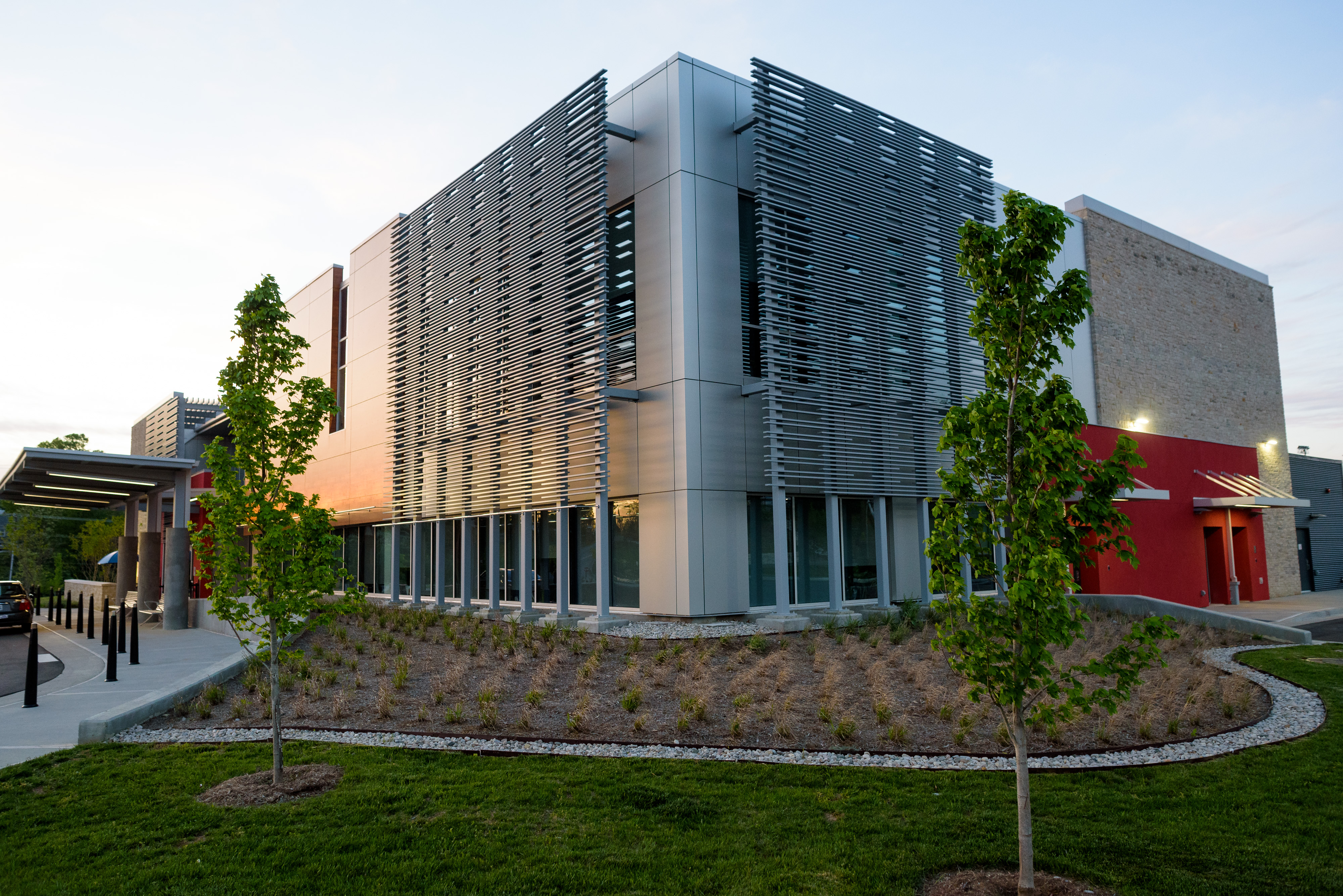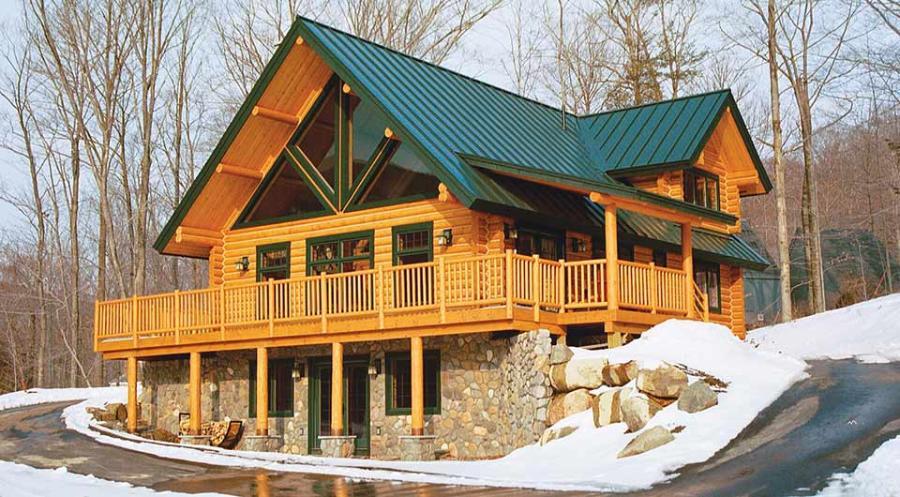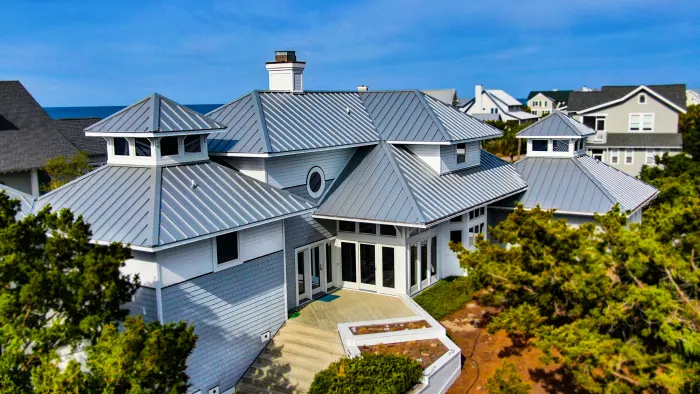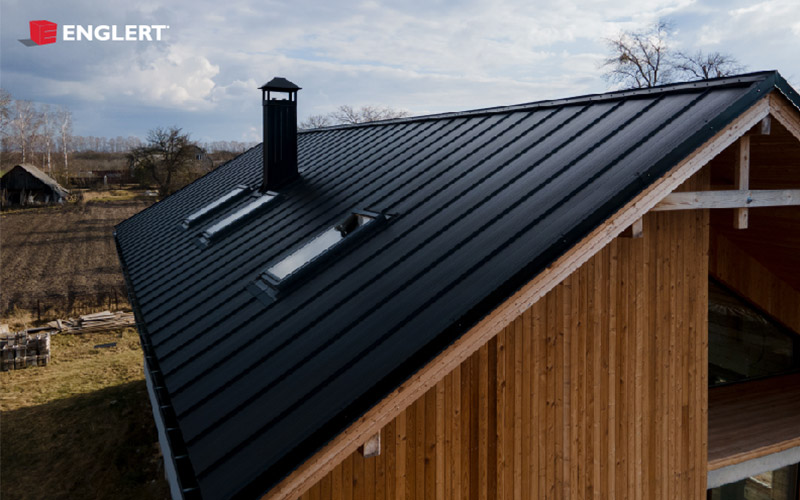Curved Metal Roofing: Bending Perspectives in Roofing Design

With their fascinating architectural charm, curved roofs have become more than a functional need; they are a statement of design innovation. This essay investigates curved metal roofing, studying its complexities, history, benefits, and factors while choosing the correct metal panels for these unique buildings.
What Is a Curved Metal Roof?
A curved metal roof is a roofing style that differs from flat or pitched forms. Instead, it embraces a graceful curvature that elevates structures to the status of works of art. The method entails gently bending metal panels to follow the slope of the roofline, creating a seamless and visually appealing finish. Curved metal roofing not only looks good, but it also provides structural stability and efficient water runoff.
Types of Curved Roofing
These many styles of curved metal roofing provide architects, designers, and homeowners with various solutions to complement their architectural aspirations. Each approach contributes to the unique terrain of curved roofing aesthetics, whether it's the precision of prefabricated panels, the artistry of bending sheet metal, or the textural allure of corrugated boards.
1. Curved Metal Panels: Streamlined Elegance
Curved metal panels are a new approach to curved roofing that provides efficiency and aesthetics. These prefabricated panels are painstakingly contoured to fit perfectly with the roof's curvature. As a result, not only does the top exude elegance, but it also benefits from efficient installation. These panels' precision engineering assures a snug fit, avoiding the need for lengthy on-site alterations. Aside from their practicality, these curved roof panels provide a sense of modern sophistication to any construction. Their sleek look enhances their modern architectural ideas, resulting in a beautiful balance of form and function.
2. Curved Sheet Metal: Artisanal Craftsmanship
The art of molding sheet metal on-site in the field of curved roofing embraces a touch of old-world craftsmanship. This method requires trained craftspeople to carefully curve the sheet metal to match the desired architectural curvature. This technology provides a high degree of personalization, allowing architects and designers to create unique and elaborate designs that would be impossible to produce with prefabricated panels. Curved sheet metal captures the essence of artisanal inventiveness, in which artisans' hands bring architectural ideas to life. This method makes a curved roof while adding a personal touch and cleverness to the construction.
3. Curved Corrugated Metal Panels: Play of Texture and Light
Curved corrugated metal panels offer a visual element of interest to curved roofs. Corrugation adds complexity to the curvature, creating intriguing light and shadow interplays throughout the surface. This dynamic visual effect adds depth and texture to the roof, transforming it into a canvas that changes depending on the illumination. The corrugations interact with the sunlight, creating interesting patterns that dance across the roof's surface. Curved corrugated metal panels are a good choice for constructions that want to engage the eye with their ever-changing façade because of their distinctive texture and light play.
What Direction Do You Curve Metal Panels?
The direction in which metal panels are curved is critical in determining the structure's visual impact. Architectural intent and specific design aims determine the choice between concave (inward) and convex (outward) curved panels. Curving inward panels creates a sensation of intimacy and confinement. This inward curvature can elicit thoughts of shelter and coziness, making it an excellent choice for structures that wish to embrace their residents.
Curving panels outward, on the other hand, produces an open and spacious look. It can visually enhance space, making constructions appear more expansive and magnificent. The direction of curvature is a subtle but significant decision made by architects, influenced by factors such as desired aesthetics, local climate conditions, and the functional purpose of the building.
History of Curved Roofs
Curved roof history is a timeline that reflects the progression of architectural choices and building processes. Curved roofs have decorated monuments of cultural, religious, and historical significance, from the intricate roofs of ancient Eastern architecture to the grand domes that grace the skylines of European capitals. These architectural marvels were a monument to their times' skill and the engineering prowess that allowed such daring ideas.
The return of curved roofs in modern times is a testament to the enduring attractiveness of this architectural element. It's a celebration of beauty and practicality, recognizing that curved roofs provide more than simply visual appeal but also structural stability and adequate water drainage. As we look at today's curved roofs, we acknowledge the timelessness of their appeal and connect them with a tradition of ingenuity that spans millennia.
Pros and Cons
Pros:
- -Curved metal roofing transforms buildings into aesthetic marvels, making a powerful architectural statement.
- Structural Efficiency: Because the curvature distributes weight equally, elaborate interior supports sometimes need to be revised.
- Water Runoff: The shape encourages efficient water drainage, lowering the likelihood of leaks.
- Utilization of Natural Light: Curved roofs can maximize natural light ingress, resulting in a lively interior.
Cons:
- Complex Installation: Curved roofs necessitate specialized techniques and expert labor to install correctly.
- Price: The design and installation complexity may result in higher expenses than traditional roofs.
- Limited Material Options: Not all roofing materials can be bent while being structurally sound.
Choosing the Right Metal Panel For Your Roof
A thorough study of many aspects is required when selecting the best metal panel for your curved roofing project. The decision-making process goes beyond simple preferences, entering into a comprehensive assessment that considers material durability, robustness against changing weather conditions, and flawless aesthetic integration. The metal panel you select should survive time and the elements, offering long-term protection for your construction.
Aside from these fundamental requirements, the best roofing material for curved roofs, additional elements, such as the radius of curvature that the panel can easily accommodate, come into play. This conformity with the intended curve is critical, as it immediately impacts the finished roof's structural integrity and visual appeal. Furthermore, the panel's flexibility in terms of material properties and adaptation to the roof's particular curvature is critical to installation precision. A harmonious synergy between these aspects assures a flawless installation and a roof that is a tribute to architectural quality.
Conclusion
Curved metal roofing is a symphony of form and function, a tribute to the union of form and function. It's an encouragement to defy conventional roofing design and appreciate the beauty of curves. Curved metal roofing shapes physical structures and our idea of architectural possibilities, whether a modern masterpiece or a tribute to history. Remember the dance between creativity and pragmatism that distinguishes the area of curved roofs as you embark on the adventure of roofing transformation.


